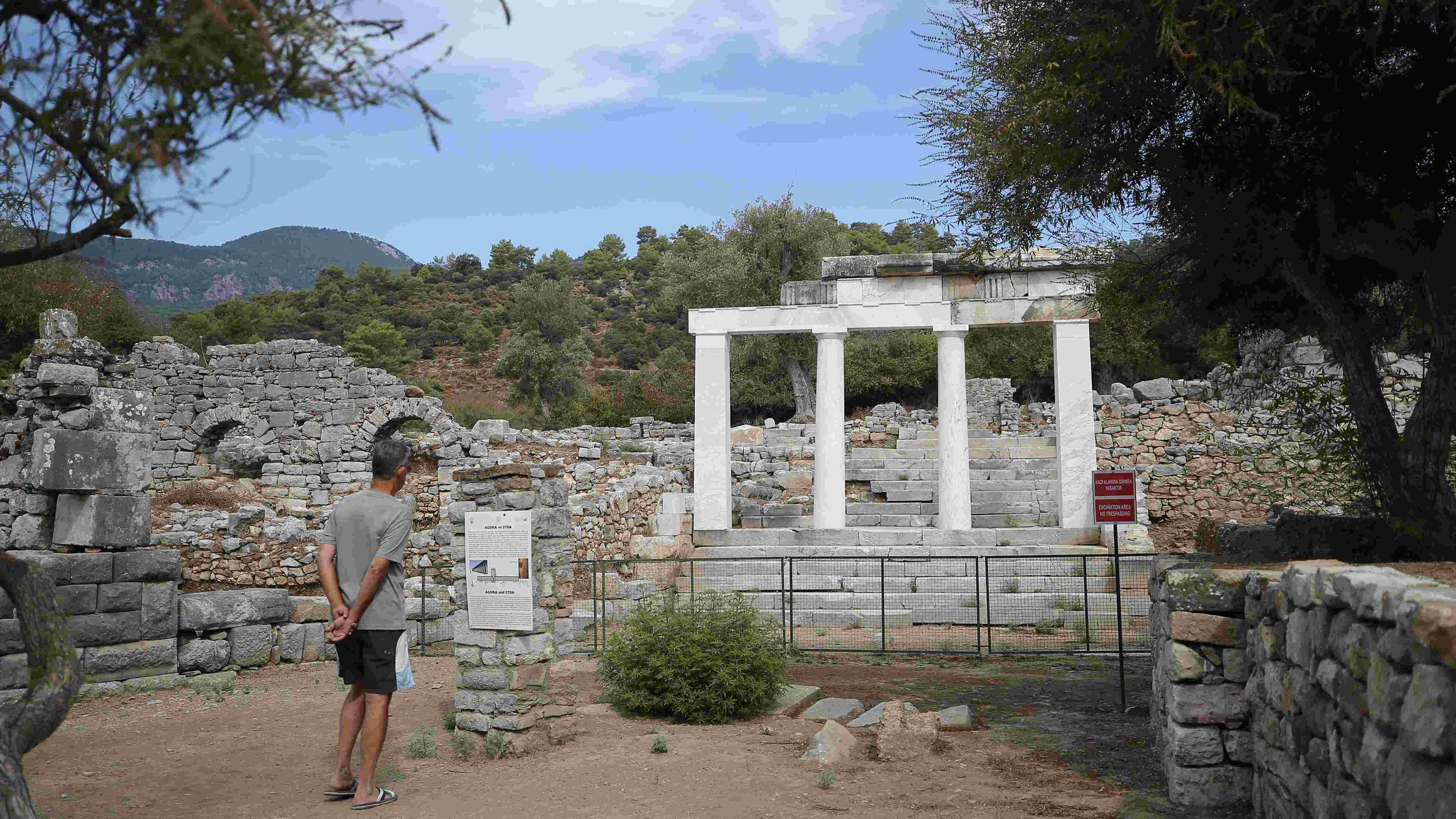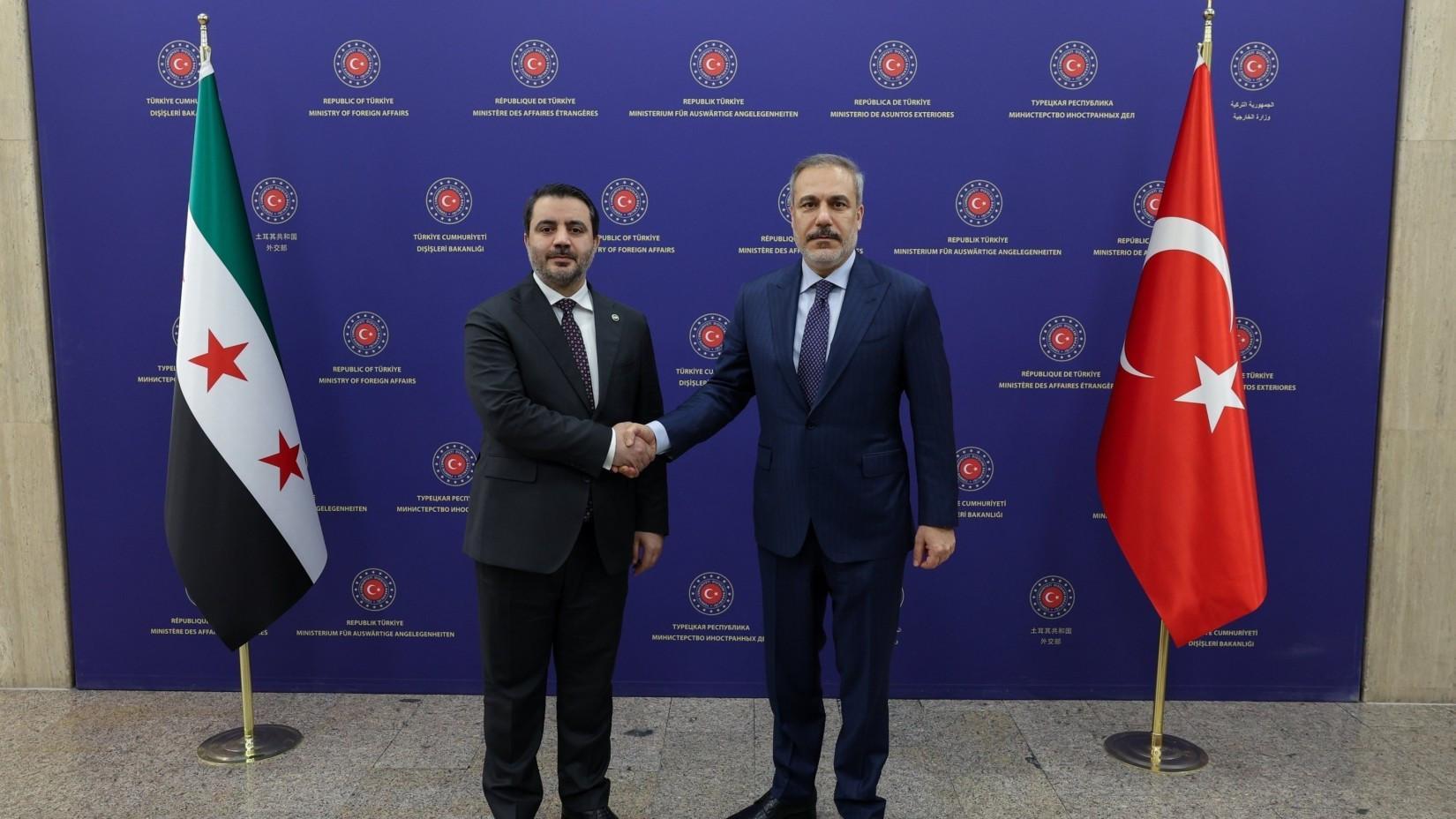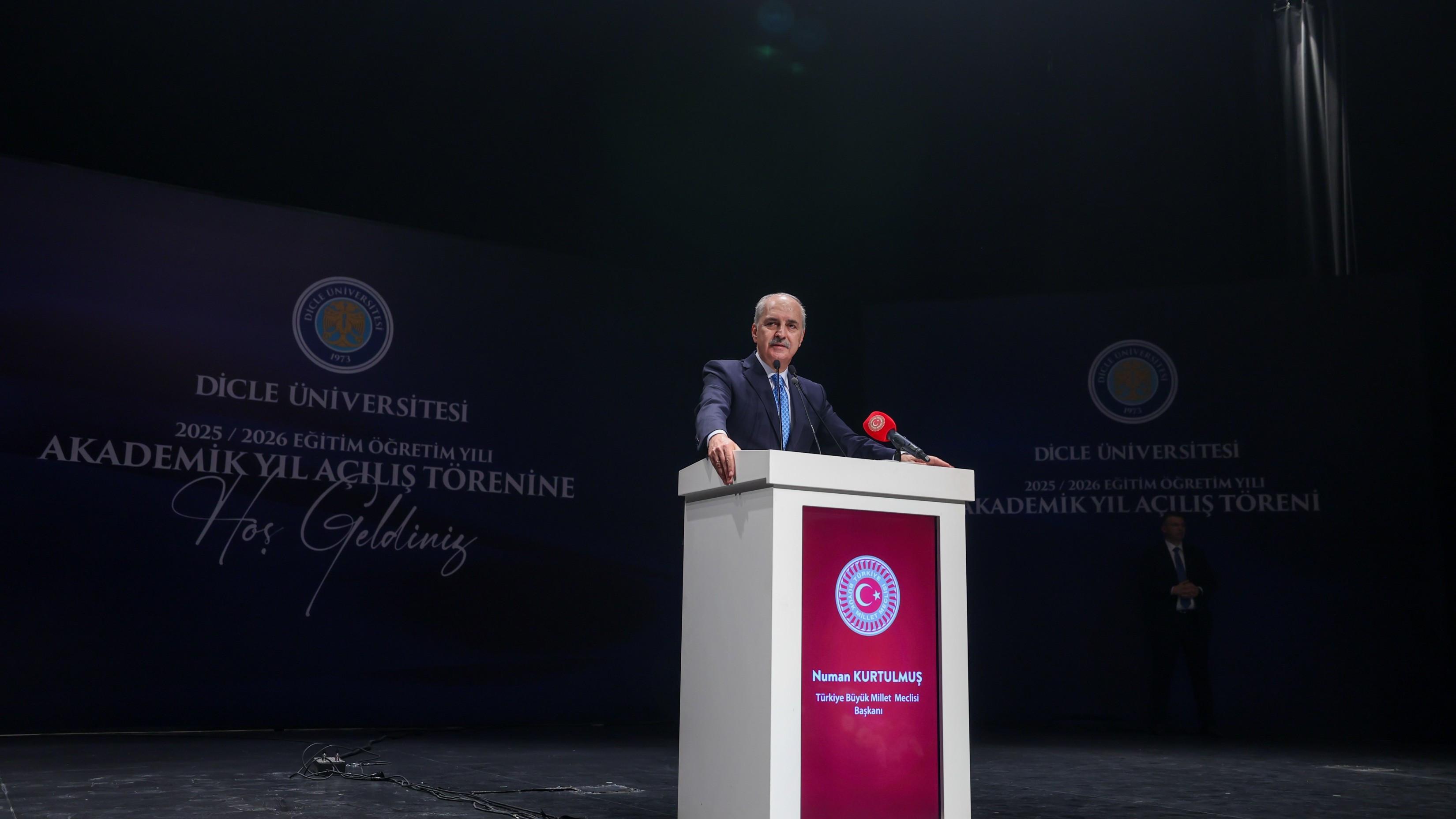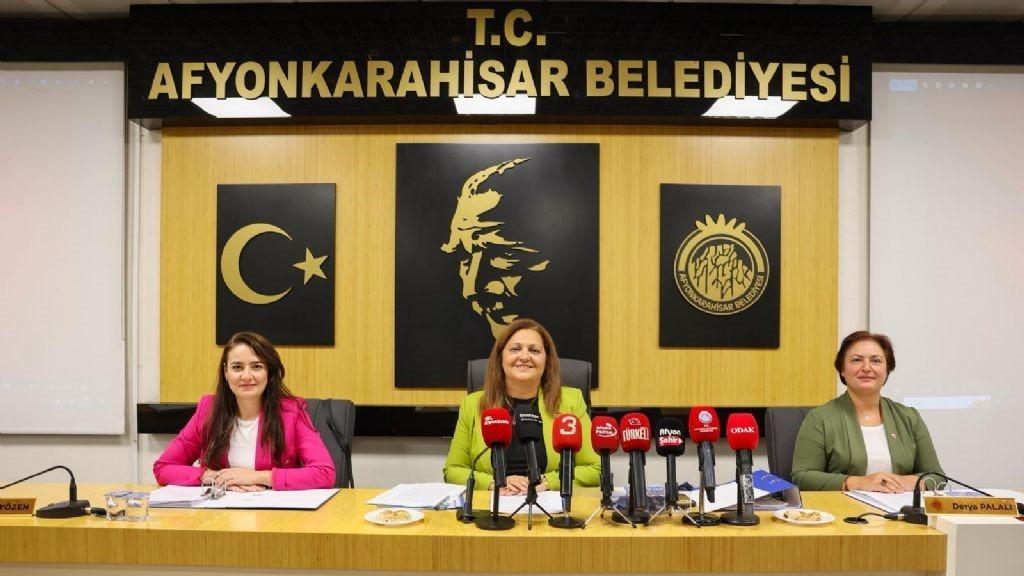Church unearthed during excavations at ancient city of Kaunos
MUĞLA

Excavations in the ancient city of Kaunos, nestled in the southwestern province of Muğla's Köyceğiz, have uncovered a well-preserved church.
Inscribed on UNESCO’s World Heritage Tentative List, the area attracts visitors with its 2,400-year-old rock tombs, a 5,000-seat theater, basilicas, baths, an agora, sacred areas and 1,300-year-old mosaics.
This year’s excavations have focused mainly on the archaic walled monastery area, where archaeologists have unearthed new materials and structures, many of which have never been found before in the ancient city.
Associate Professor Ufuk Çörtük, head of the excavations and a faculty member of the Archaeology Department at Muğla Sıtkı Koçman University, told state-run Anadolu Agency that they have been conducting excavations in a Late Antique complex within the monastery area for the past three years.
Noting they began clearing the rooms of the complex about two years ago, he said: “Within the framework of the ‘Heritage for the Future Project,’ we continued the excavations this year in the walled monastery area. Last year, we uncovered instruments used in the field of medicine. This year, the increase in medical instruments caught our attention. Based on the materials we unearthed, we can say that the first phase of this complex, dating back to the second and third centuries A.D., served as a health center or hospital.”
Çörtük noted that military hospitals were established during the Roman Empire and later evolved into facilities where civilians were also treated.
‘The complex was also used by the Turks’
He noted that the complex, which features a courtyard surrounded by rooms and is located close to the harbor, resembled other Roman-era hospitals.
“In the monastery area, we carried out studies related to the Christian period. There was a structure on the upper level of the complex. This year, we completely uncovered it, and it turned out to be a beautiful church in an excellent state of preservation. It is now clear that the hospital complex of the third century was transformed into a religious center during the Christian period with this church, dating back to the sixth century A.D. This year, we focused on the structure’s earliest phase of use and its monastic phase. The mosque and tomb we uncovered in previous years remain significant findings,” he said.
Emphasizing that the complex was also used during the Turkish period, Çörtük said they found a coin belonging to the Aydınoğulları Beylik (Aydınid Principality) during the excavations.
Associate Professor Çörtük added that the site, which began to be used in the second century A.D., continued through four or five distinct phases until the 14th century.
















